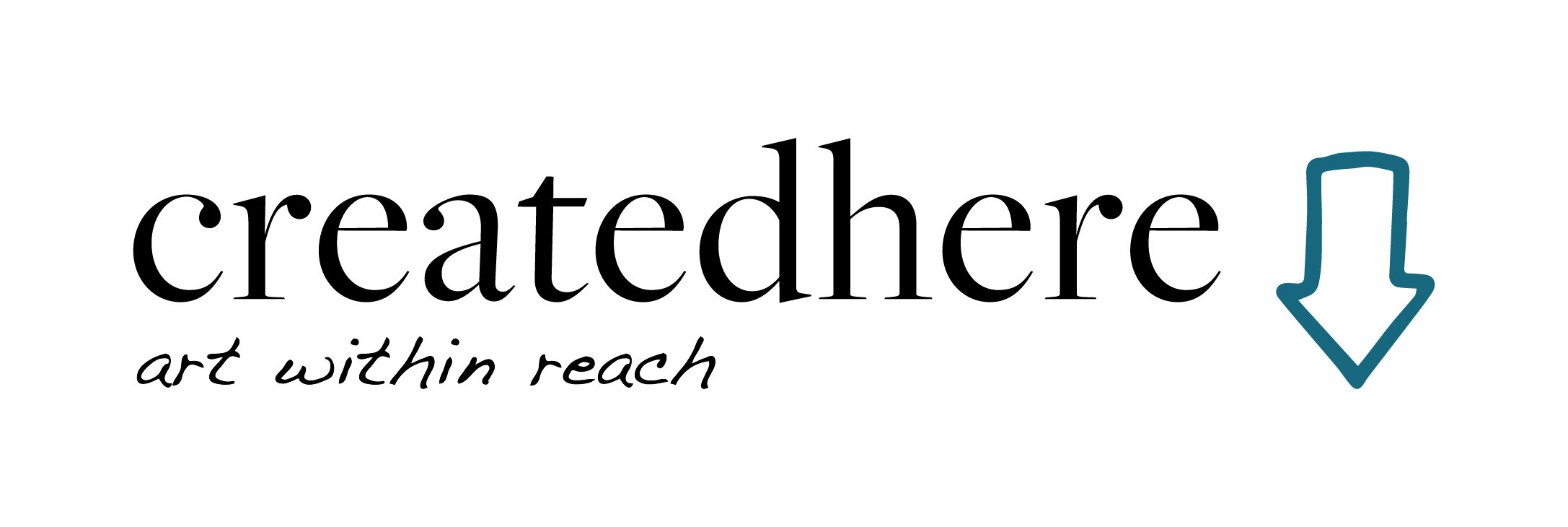Birthing Bodies Speak: Annie France Noël's Les Baby Blues [Issue 19 Feature Preview]
Feature Article:
Birthing Bodies Speak: Les Baby Blues
Written by Gillian Dykeman
Artwork by Annie France Noël
Featured in Issue 19: Bodies
Available HERE
It’s not easy, any of it. Becoming a parent, queer parenting, getting to your studio with an infant at home - birthing, healing, softening.
Annie France Noël tenderly confronts many of the challenges felt by birthing people and provides a pathway to healing through the artist’s own journey. Les Baby Blues is a body of work with three thematic series: Partum, Nutri, and Fatigue.
The image of an upward hand in a vinyl glove as part of the series Partum speaks to the power dynamic between a patient and the doctors and nurses attendant at a hospital birth. It’s so strange that birth is an everyday experience for these workers, but for birthing people and their families it can, and probably will, change their lives forever. Partum depicts fragments of medical garments, the artist themself, notes, and hospital objects. The collection of these images and memories convey the alienation one can feel in the hospital birthing experience.
Most haunting, for me, is the blue hospital gown filled with the negative silhouette of a birthing person. Western society is so atomized that, for the majority of us, birth isn’t really known or has only been represented to us as a brief and tidy experience. The reality is that birth is something we all experience in one way or another. It can be tough and, for many, birth can be traumatic. The silhouettes in the gowns of Annie France’s photographs all adopt different birthing positions and, as viewers, we can see and empathetically feel their vulnerability. Even in best-case scenarios, it’s common for memories of birthing to be fractured, a little out of sorts, and to have felt very vulnerable and exposed. Partum, in all its fragmentation, captures this.
In Nutri, Annie France’s photographs feature tallies - lists of tracked millimetres of milk are overlaid on images of the artists own body accompanied by flakes of oats and alternately a sprig of sage. For anyone who has ever provided their own milk to a baby and dealt with pumping, these are familiar motifs. The need to nourish oneself adequately in order to nourish a new baby is intense and difficult. Oats are galactagogues - substances that help a body to make milk - and “oat nursing cookie” recipes abound on blogs for new parents. Sage is used to help bring down milk supply when nursing is complete and, for Annie France, it became a signifier of her grief.
Annie France’s first bleary weeks of new parenthood included difficulties with being able to breastfeed their baby, which lead to exclusively pumping for breastmilk. “That sound…”, she said, when we recently connected over the phone - and I knew just what she meant. Many breastfeeding or chestfeeding mothers and parents know that sound; that is, the sound of the godawful breastpump: the hiss…suck…hiss…suck can inspire rage*, feelings of alienation, or just boredom. Annie France was compelled to end pumping early in order to support her own mental health. This brought an end to providing breastmilk for her daughter.
Her photographic works reflect the obsessive tracking and effort that can accompany this process. The tallies and the millimetres listed evoke empathy for the difficulties Annie France fielded. They describe the inability to breastfeed (rather than pump) as a failure, which is an experience many new parents share. The real and perceived pressure from oneself, healthcare, or societal expectations can feel really intense when new parents are just trying to do what is right for their baby and somehow also themselves.
A single image falls under the Fatigue series: Annie France cradles her own image on her lap, which rests on another image of herself, for what one can imagine in an infinity. The work captures well the layers of fatigue new parents accumulate. It also evokes the idea of mothering yourself; we learn to be parents only really by parenting, and one of the gifts of becoming a new parent is to learn to soften towards yourself - to hold yourself with greater compassion and patience. I shared with Annie France that I thought she was strong for going into the studio to create this work and to then share it. She circled back around to challenge this idea:
“it’s interesting because I considered myself a strong person before….[but] in parenthood, I don’t feel strong. I feel extremely soft and vulnerable at all times. I think what I’m really doing is I’m just leaning into it. When you can get there and settle into that vulnerable space and just kind of accept and live in there, and sit in that, it’s a nice, rich place to be. It’s a good meeting point to connect with other people.”
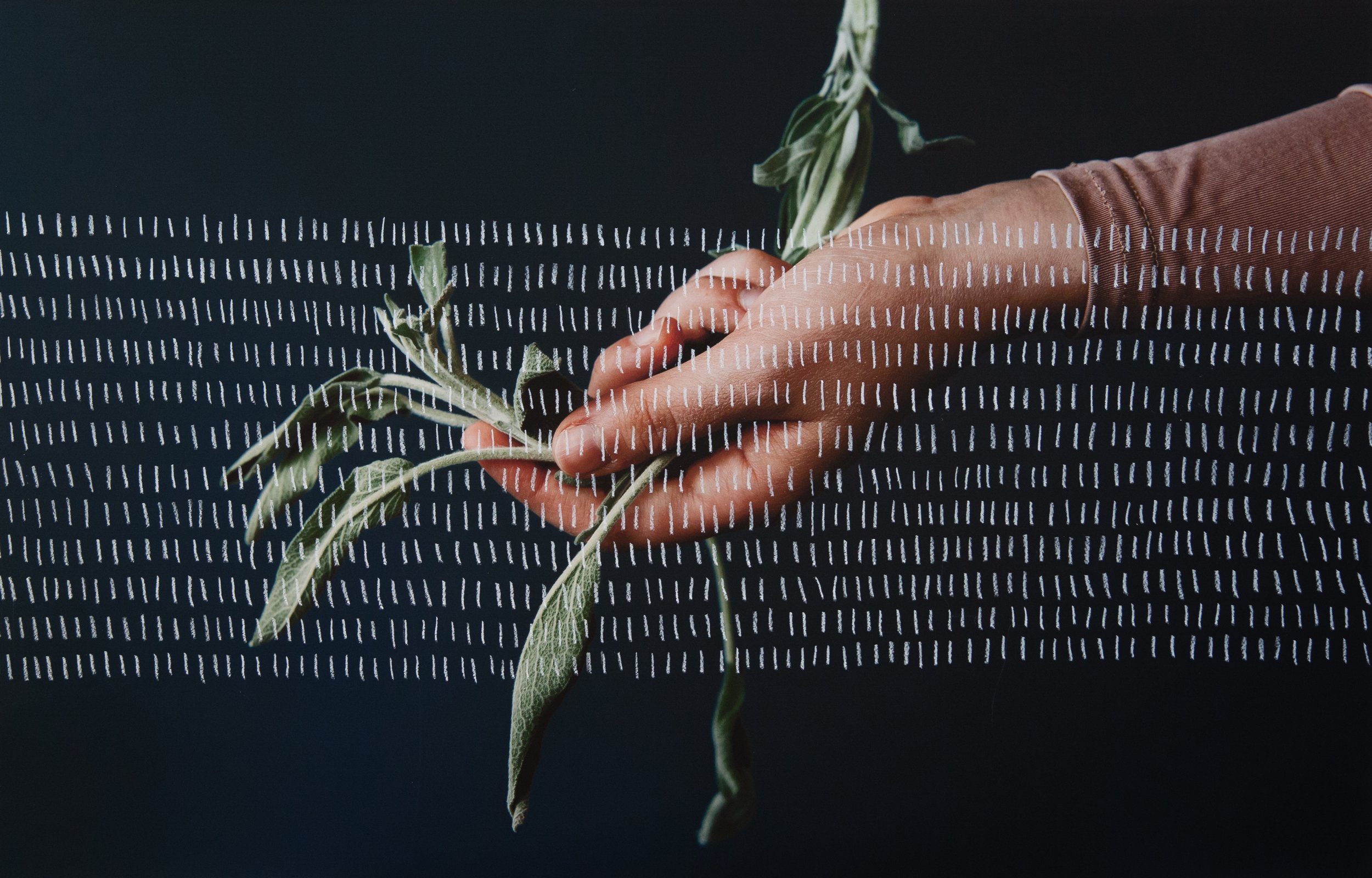
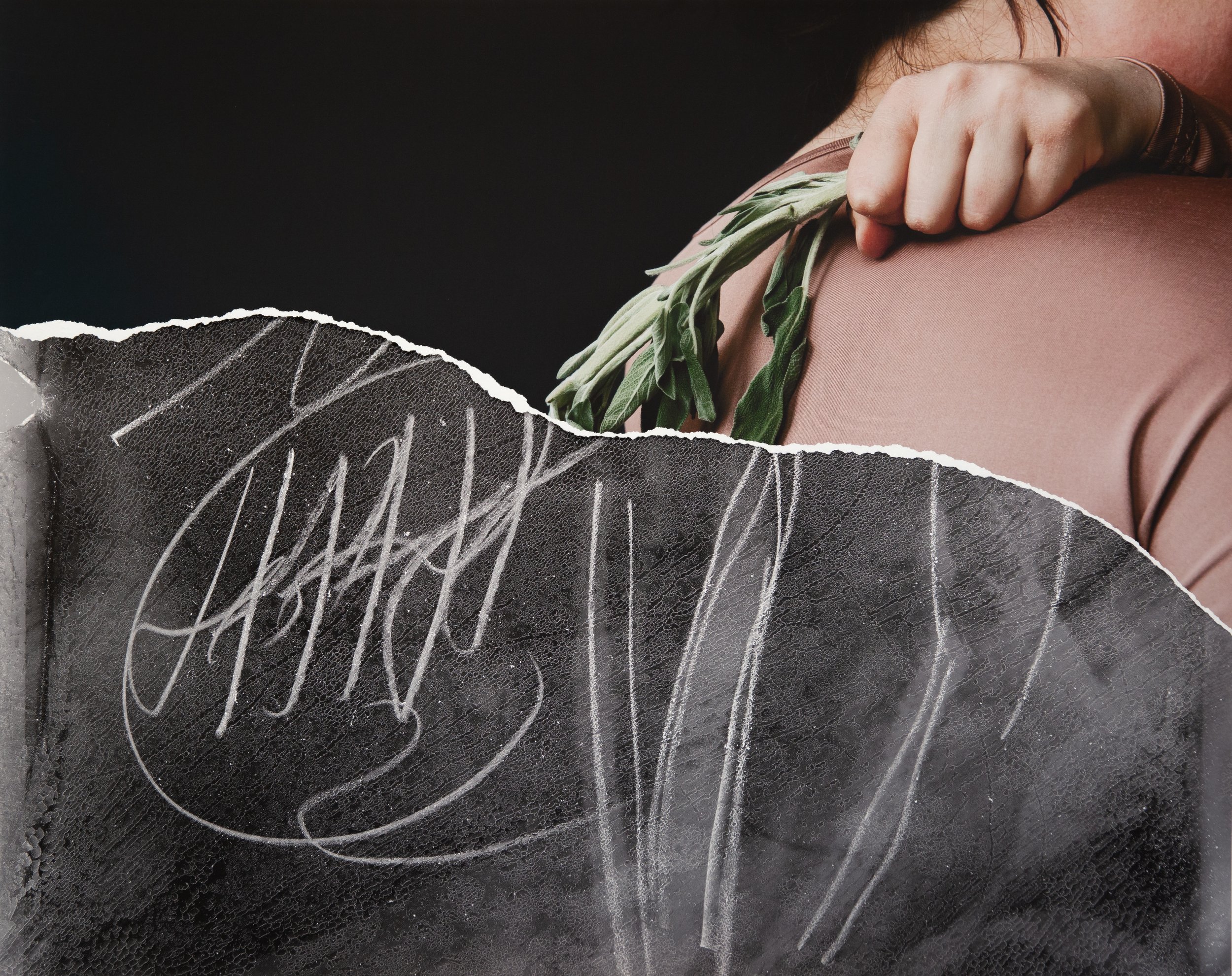
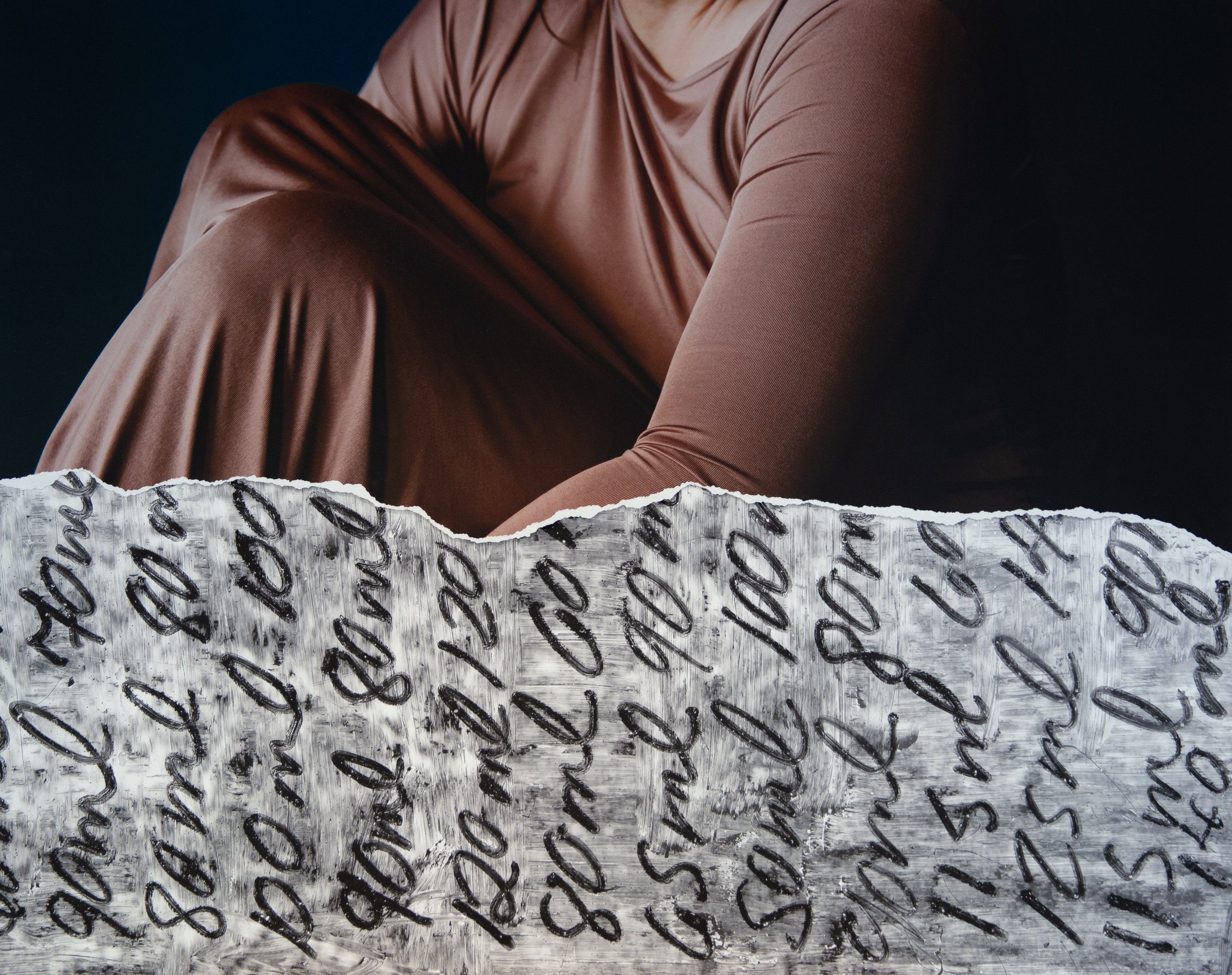
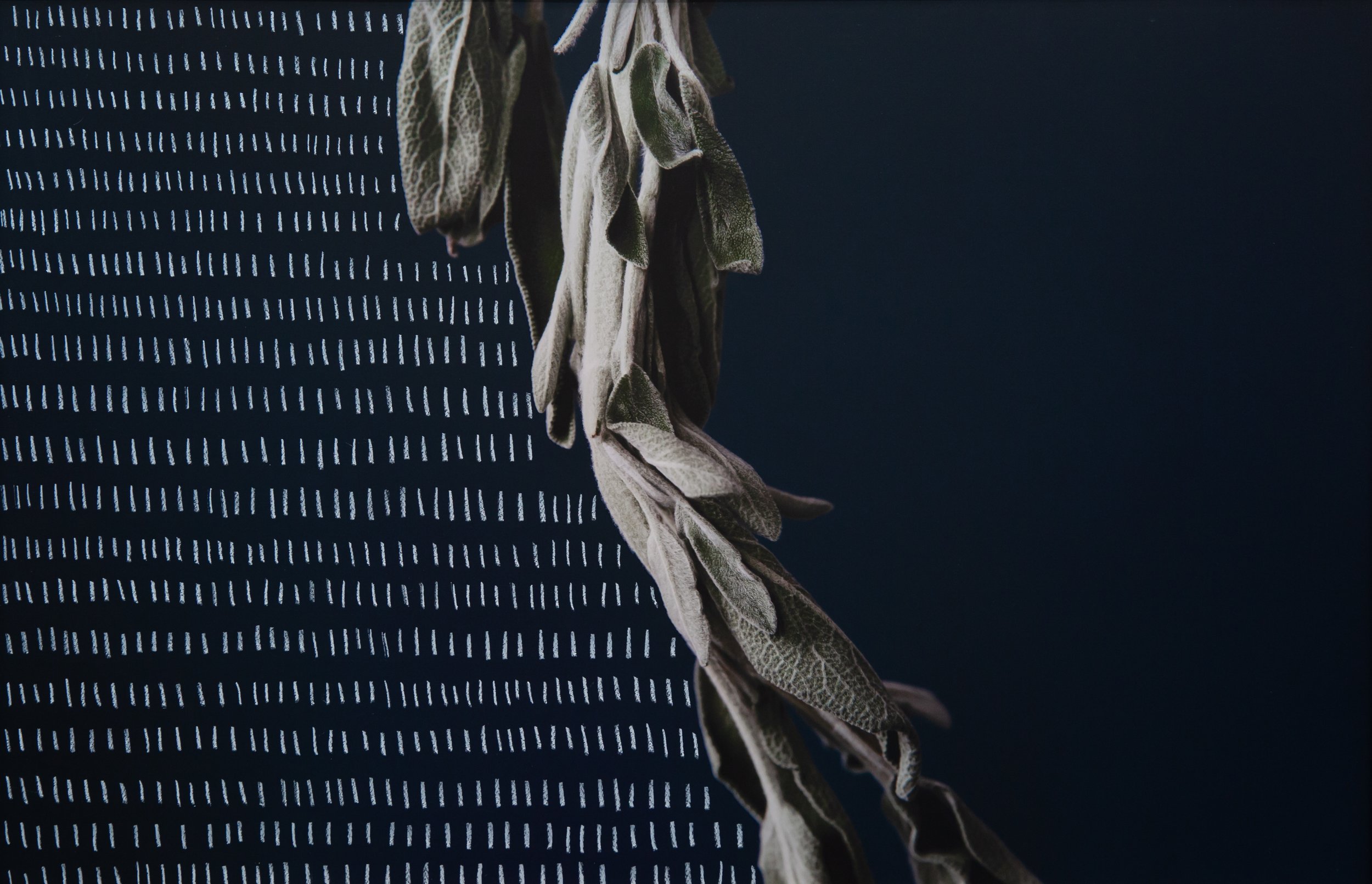
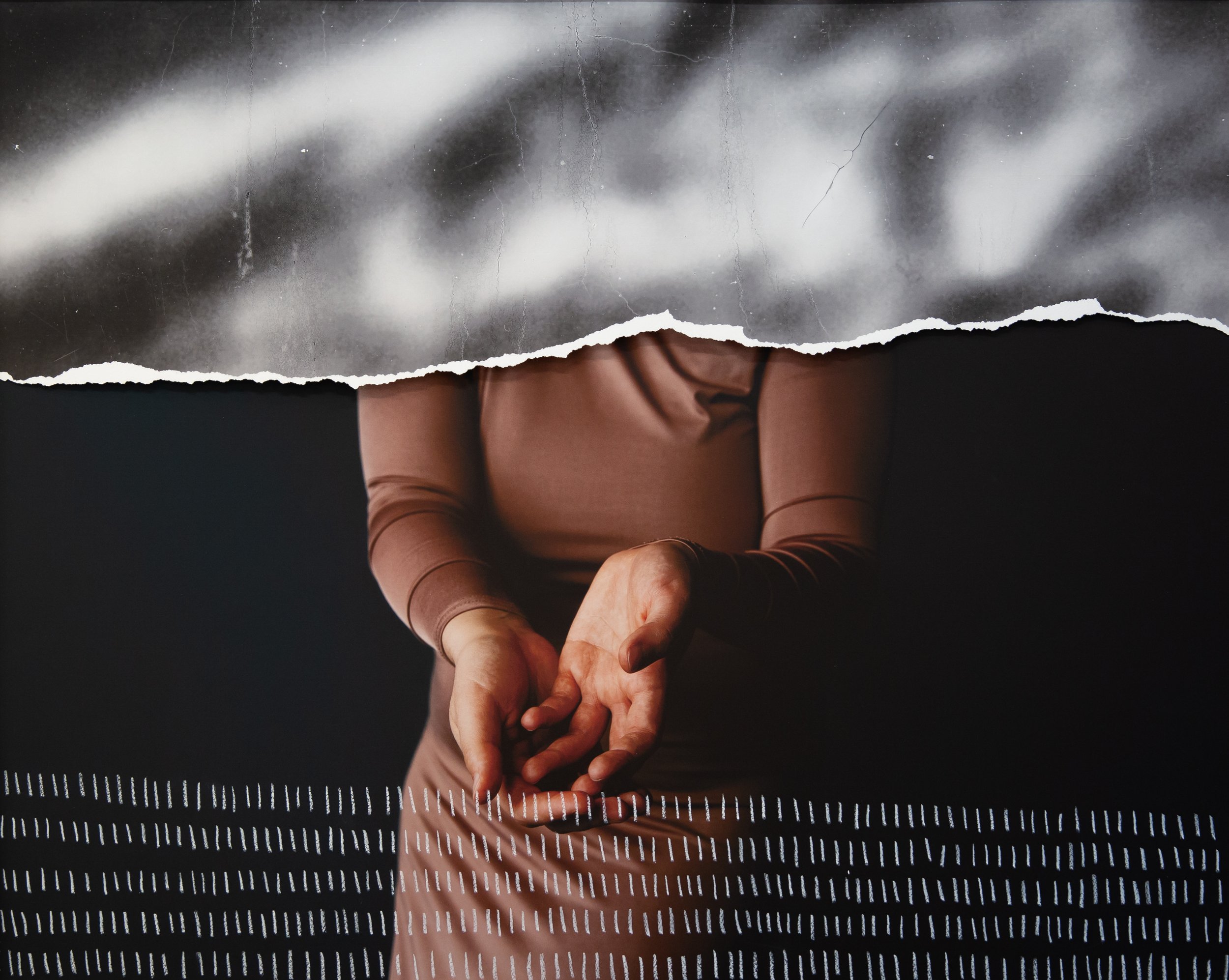
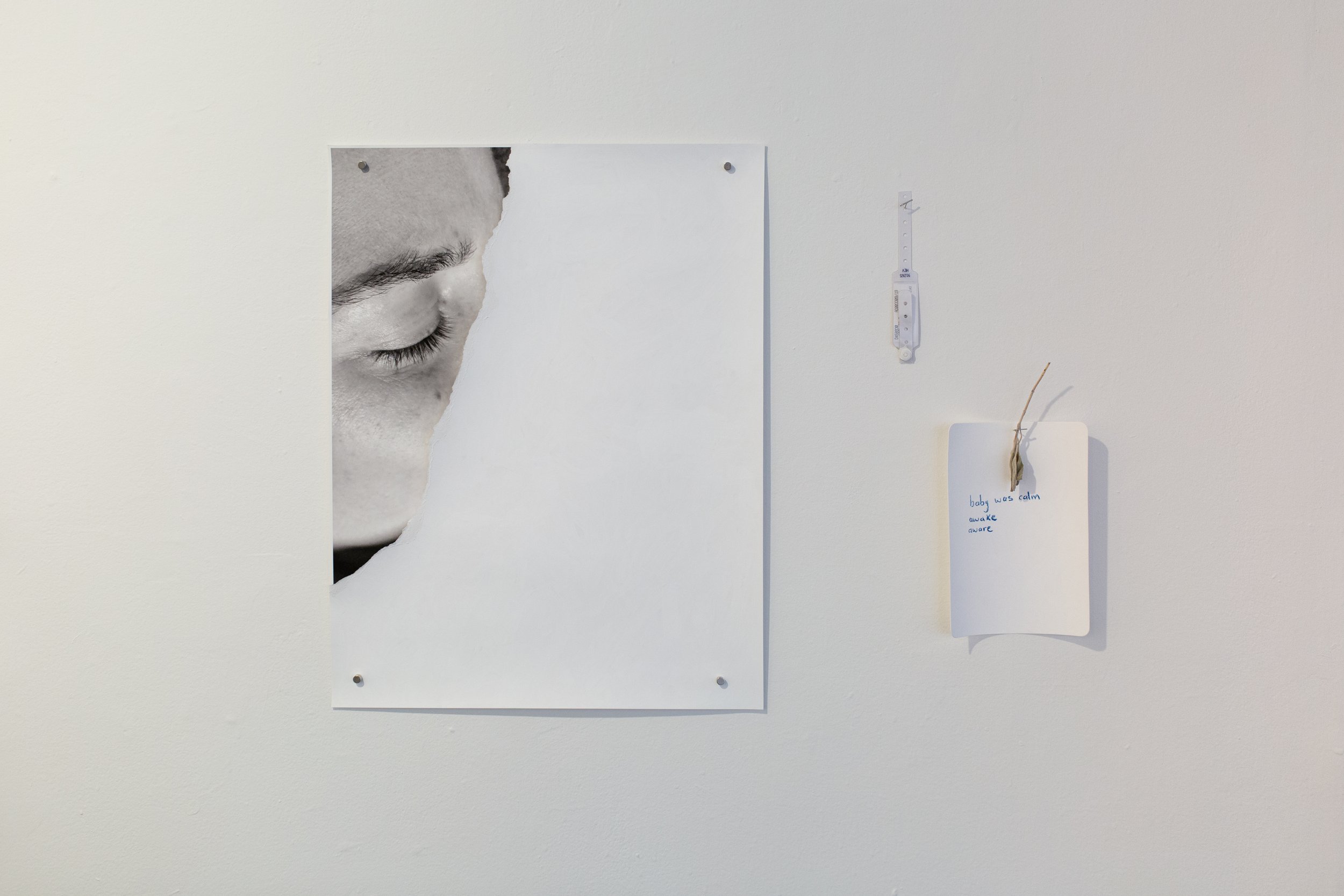
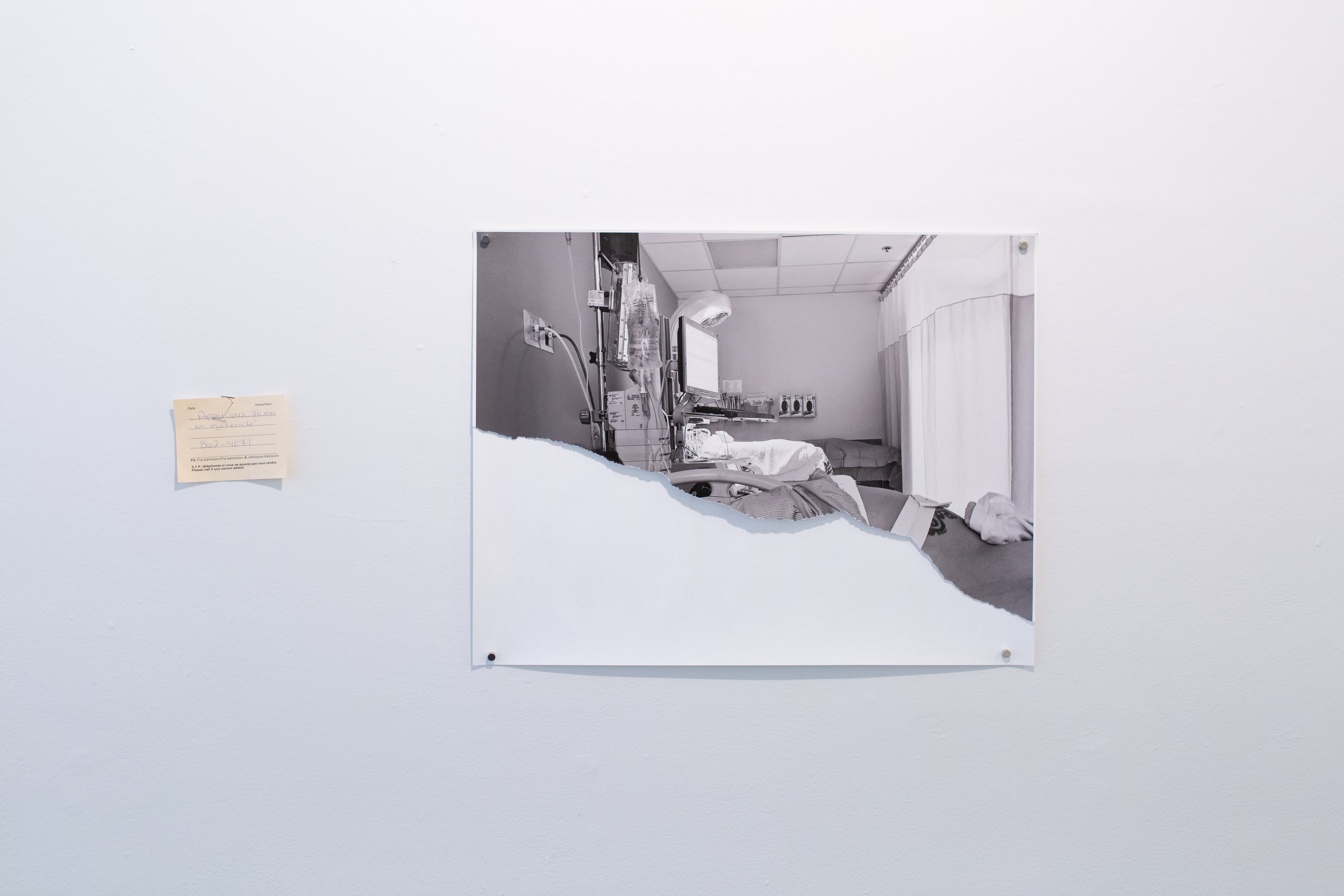
Annie France described the creation of this work as healing, and it’s clear from the feedback they’ve received that many new parents/mothers see themselves in it. Annie France shared that, through this work, many have reached out to let the artist know that they’ve had traumatic births themselves, or can relate to nursing and pumping challenges.
Les Baby Blues is part of a broader discourse critically engaging with the aesthetic and felt experience of motherhood and birth. A recent exhibition, Designing Motherhood, on display at the Mütter Museum through May 2022, deals with precisely this subject matter. Les Baby Blues is a mitzvah, an act of service helping heal the narrative around birth to include a greater breadth of experience, and to provide a beautiful and moving platform of connection between birthing people.
Annie France Noël [she/they]
Artist, Photographer & Cultural Worker
www.anniefrancenoel.com
@anniefrancenoel
Gillian Dykeman [she/her]
Artist, Arts Writer & College Instructor
www.gilliandykeman.com
@gilliandykeman
*there is a genre of YouTube videos featuring breast pump machines being smashed.
There’s More
This special issue of CreatedHere Magazine - arriving April 2022 - has been carefully curated by guest editor Amy Ash. It is dedicated to BODIES: the physicality of the creative process, as well as concepts of access, agency, and belonging that are linked to our physical selves.
